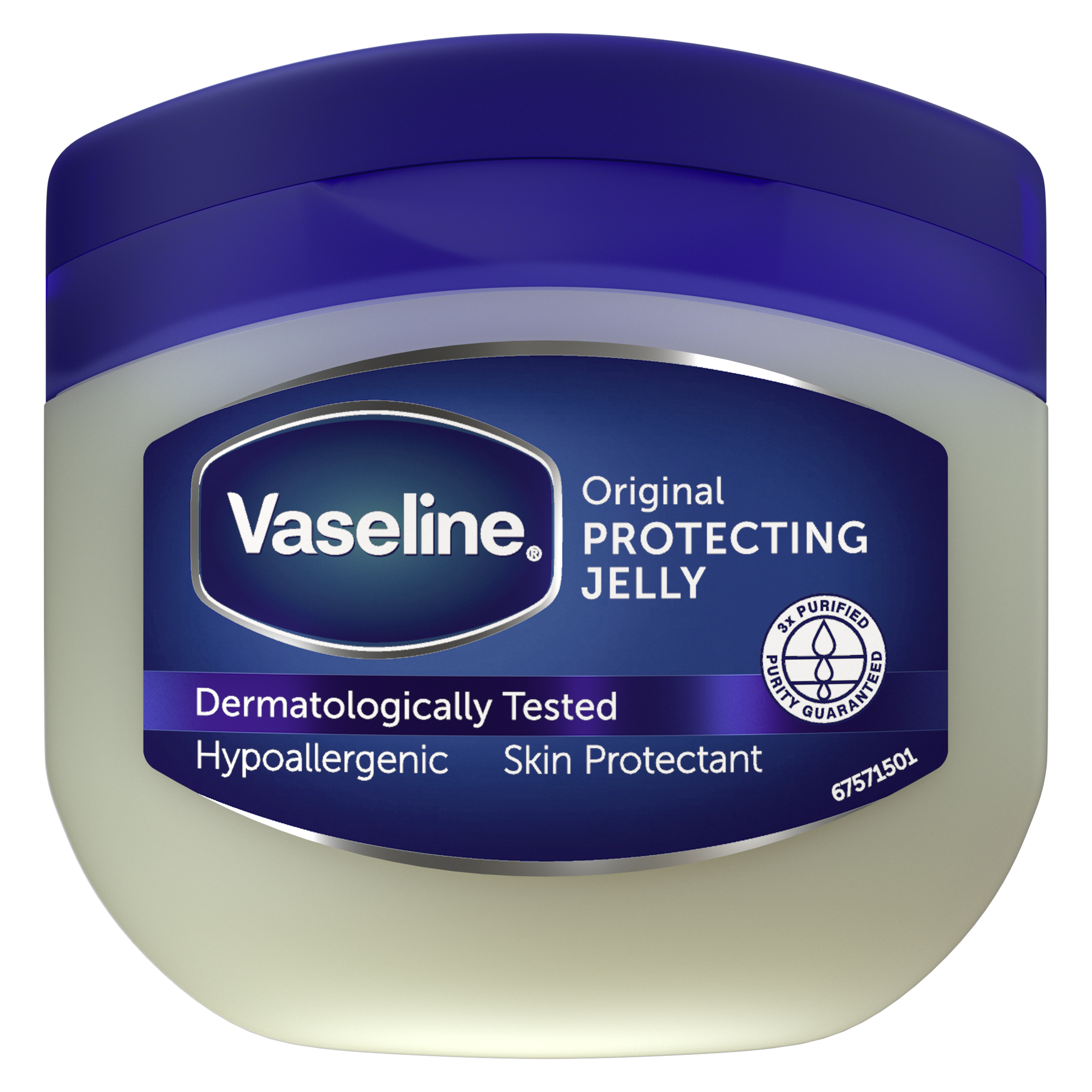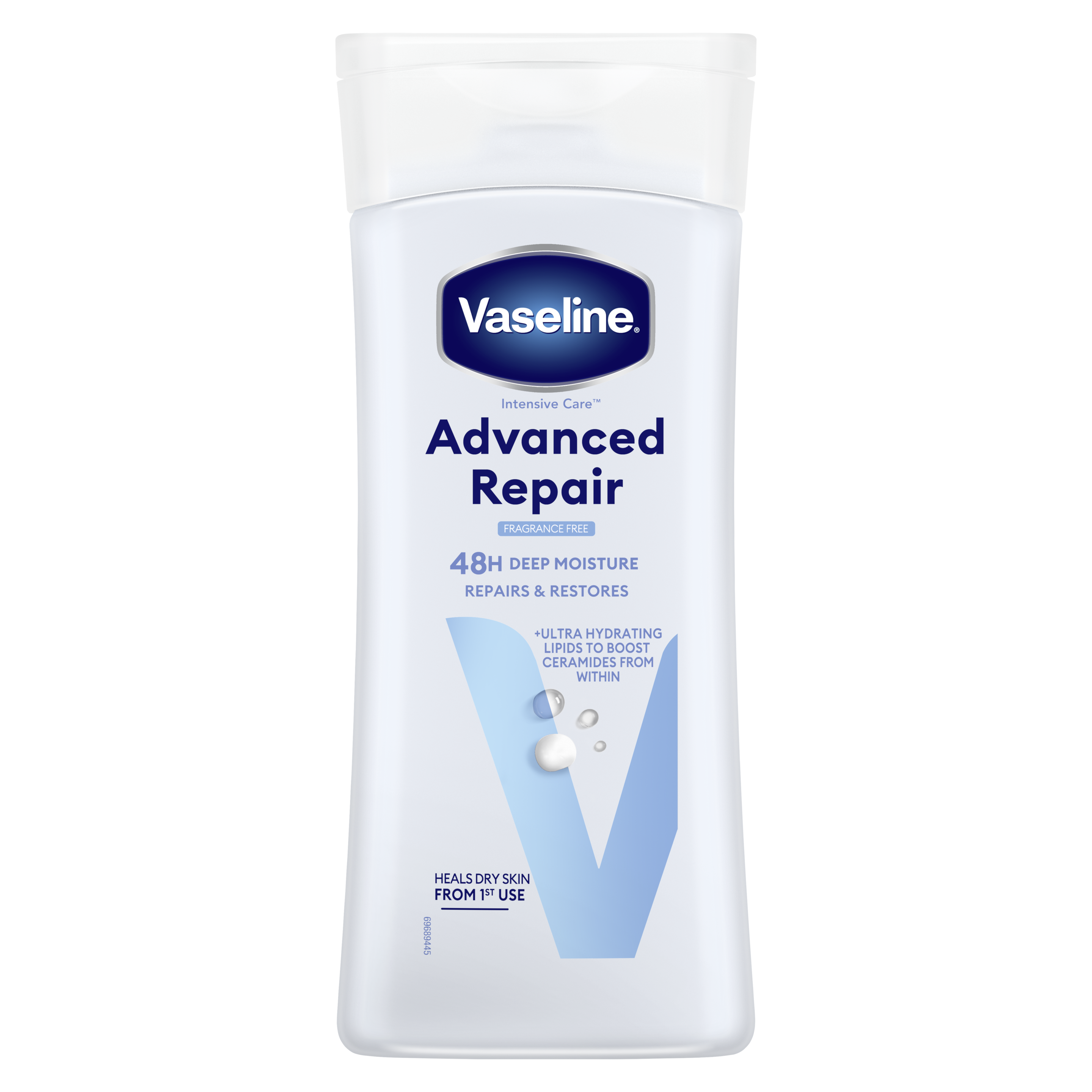Skip to content
Dealing with dry skin around the nose can be a pain — often leaving people puzzled about its origins and frustrated with its persistence. And if you've found yourself in this predicament, you're not alone. Dry skin around the nose is a common issue that many of us face — and there are some surprising reasons why.
In this guide, we speak to experts for their advice on getting to the root causes, effective treatments, and proactive measures to keep dryness at bay. So, let's get to the bottom of what's causing that discomfort, and how you can get your skin back in top condition once and for all…
What causes dry skin around the nose?
From skin conditions to harsh winter weather, there are several causes of dry skin. The bridge of the nose, being a prominent facial feature, is susceptible to dryness due to environmental factors and constant exposure. Here are some of the most common causes:
Seborrheic dermatitis
One major culprit behind dry skin around the nose is seborrheic dermatitis, a chronic condition that leads to flaky skin with a red, pink, or slightly purple appearance, depending on your skin tone. It can appear around the nostrils, as well as on the ears, eyebrows, beard, and scalp (dandruff is the mildest form of seborrheic dermatitis).
It sometimes goes away on its own, but there isn’t a specific cure for this condition. If you suspect you have it, please speak to a dermatologist or health care professional.
Environmental factors
Our skin is exposed to various environmental stressors daily, and the delicate skin around the nose is no exception. Excessive exposure to UV rays, dry winter air, and low humidity indoors can damage the skin barrier and accelerate water loss. This is because our skin tends to reflect the humidity in the air around it. And as our noses are often exposed, this makes them quite vulnerable.
Shielding your face with a scarf in cold weather or using a humidifier indoors can provide relief. But it’s not just outside you need to worry about — in fact, according to dermatologist Dr. Mona Gohara: “Maximum heat blasting through the vents can be another source of barrier compromise, so humidifying the air can help to soften the skin and cushion the excess heat blow to the skin barrier.”
Skincare products
It may come as a surprise that the products we use to enhance our beauty routine might be the culprits behind dryness, too. Certain skincare ingredients, like retinoids and benzoyl peroxide, can be harsh on sensitive facial skin. Opt for milder products, such as Vaseline® All-Over Body Balm Jelly Stick, and introduce new ones gradually to identify potential irritants.
Allergies or colds
Allergies and colds can manifest not only in sniffles but also in dry, crusty skin around the nose.
Post-cold dryness is a common concern, as the friction from constantly blowing your nose with tissues combined with the effects of medications can leave the skin around your nose in need of extra care. Using extra soft tissues and keeping up with moisturization can help reverse the dryness.
General dehydration
Dehydration affects the entire body, including the skin. Drinking an ample amount of water ensures your skin stays hydrated from within — and you may want to consider incorporating more hydrating foods into your diet and limit dehydrating beverages like alcohol and caffeine, too.
Over cleansing
While cleanliness is essential, excessive cleansing can strip your skin of its natural oils, leaving it parched, flaky, and sometimes inflamed. “Harsh cleansers can strip the skin barrier of natural lipids and proteins, leaving it weaker,” Dr. Gohara explains. “Compromised barriers allow water to evaporate out and irritants to enter their way onto the skin, causing dryness and flakiness,” she adds. The solution? Opt for a mild, hydrating cleanser and avoid washing your face excessively, especially in the dry winter months.
Causes of dry skin on the nose bridge
Even though dry skin on the nose bridge can be caused by most of the above factors, there is another reason why you might experience dry skin on the nose bridge.
Contact dermatitis
Contact dermatitis, which is triggered by skin coming into contact with a particular substance, can cause dry skin on the nose bridge. A common culprit is nickel contact dermatitis caused by reading glasses sitting on the bridge of the nose. Want to find out if this is the case for you? Contact a dermatologist and ask about patch testing.
How to get rid of dry nose skin: 7 tips
Navigating the world of dry skin treatments can be overwhelming, but fear not. We've compiled a list of effective remedies and Dr. Gohara’s tips on how to get rid of dry skin around the nose.
- Hydrate from the inside out
Drink plenty of water to maintain overall skin health and help prevent dry skin on the nose, “Skin is our largest organ. All organs require a healthy dose of water to function best.” - Cleanse gently
Use a hydrating, non-soap cleanser, “Bonus points if ceramides or other skin-identical lipids/proteins are on the ingredient list.” - Take shorter showers
"Long, hot showers are good for the soul, but not so good for the skin. To optimize hydration levels, shorter, warm (not excessively hot) shower times are ideal.” - Humidify your space
Use a humidifier to add moisture to the air (and your dry nose skin), especially during dry weather. - Protect yourself from the elements
Shield your face and nose from harsh winds and cold weather with scarves or face masks. - Choose the right products
“Sometimes a seasonal shift is key, meaning it is helpful to use a lotion in warmer months and then heavier creams in the colder months. For optimal moisturization, look for humectants like glycerin and hyaluronic acid; occlusives such as petroleum jelly or squalene; and emollients such as shea, or cocoa butter.”
- Minimize the damage from a cold
Making small changes such as choosing fragrance-free tissues, using a saline nasal spray, and opting for a soothing moisturizer during colds can help. - Moisturize regularly
Incorporate a moisturizing routine into your daily skincare regimen to keep your skin supple.
What moisturizer is good for dry skin around the nose?
When choosing the best moisturizer for dry skin, opt for those with hydrating ingredients like hyaluronic acid, glycerin, and ceramides. A reliable choice is Vaseline® Clinical Care™ Extremely Dry Skin Rescue Lotion, known for its deep moisturizing properties and ability to boost skin’s moisture by 250%.
How do you moisturize a dry nose?
Apply a thin layer of moisturizer to the dry area around your nose. For targeted relief, consider using Vaseline® Healing Jelly, a time-tested remedy for dry skin that helps to lock in moisture and promote healing.
How long until my dry skin is better?
Some people’s dry nose skin will improve within days with the right treatments whereas others may have to wait weeks or months for a full recovery. Consistency is key — keep up the good work and you should see improvement.
When to speak to your doctor
While many cases of dry skin around the nose can be managed at home, there are instances where professional guidance is necessary. If your symptoms persist or worsen, or if you notice signs of infection, consult a dermatologist or healthcare provider promptly.
Dry skin around the nose can be a pesky problem, but armed with the right knowledge and skincare routine, you can effectively manage and prevent it. Remember, consistency is key, and when in doubt, don't hesitate to seek advice from a dermatologist or healthcare provider. Here's to healthy, hydrated skin that radiates confidence!
These articles provide general tips and information about improving skin health. They have been written by health and beauty writers. They have not been written by health care professionals and, as such, don’t constitute medical advice. If you have a serious skin condition, please consult a medical professional








